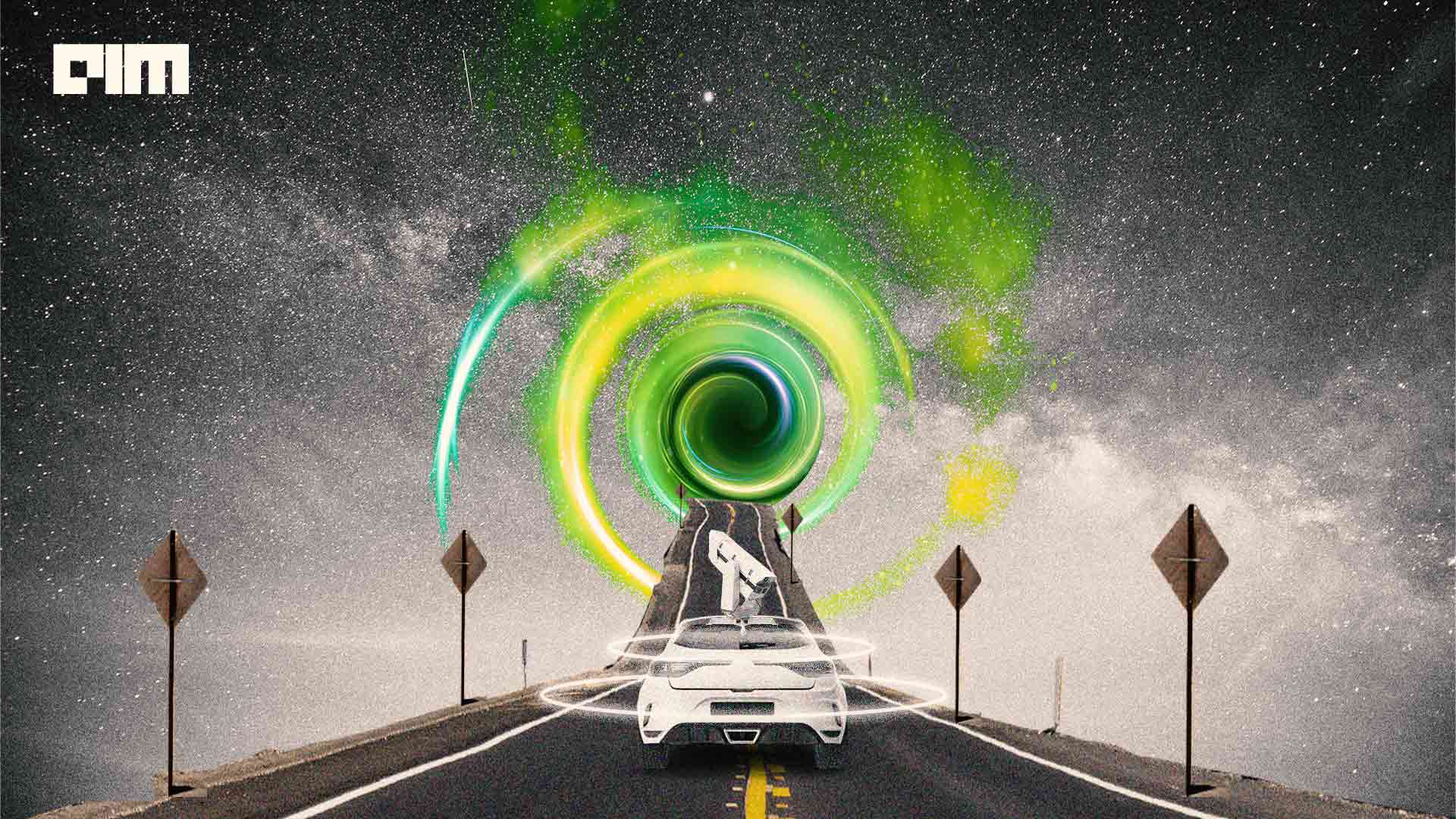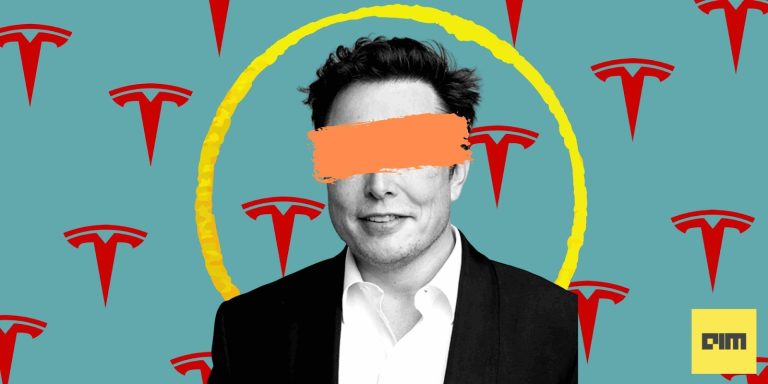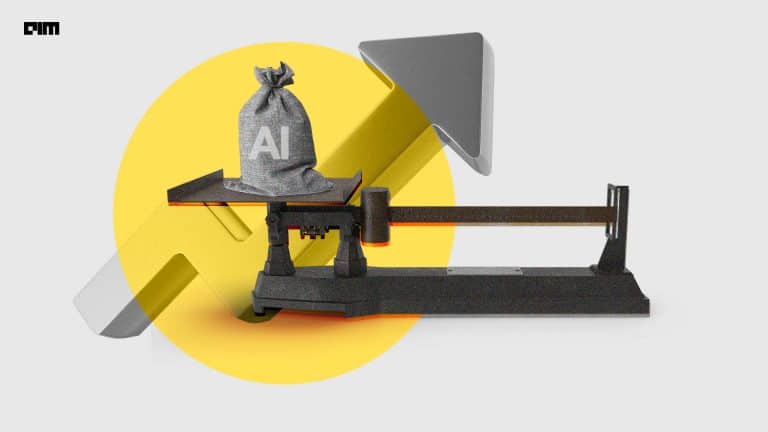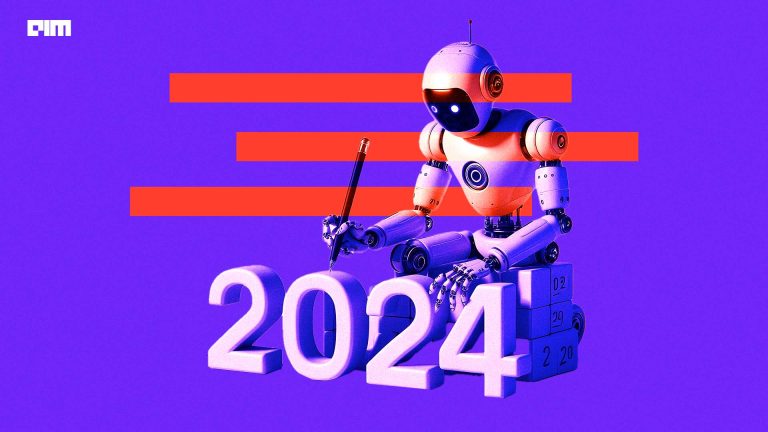|
Listen to this story
|
The Autonomous Vehicle Technology sector was marauded by investors looking to get their money on the “next big thing”. But, recently, a wave of consolidations followed in this sector, with companies either folding up or being absorbed into other companies. Ford and VW-backed ArgoAI is the most recent example of this phenomenon.
Since, the news has only been grim. First, tech giant Apple postponed its plans to enter the automobile market to 2026, citing technical limitations as the cause. Additionally, in recent news, the VW group stopped Audi’s autonomous vehicle development, postponing the launch from 2024 to 2027 for issues related to its software subsidiary, ‘Cariad’.
However, all is not lost yet. Earlier this week, Alphabet Inc. ‘Waymo’ applied for the final permit in San Francisco to provide fully autonomous taxi rides in the city. It will join Cruise, a subsidiary of General Motors, which has been operational since June, to run its driverless taxis across San Francisco.
Testing FSD
Waymo has developed a scenario-based testing methodology called Collision Avoidance Testing (CAT) to be ready for such a feat. Located in San Francisco, Waymo has a training facility known as Castle, spanning about 115 acres. The test mechanism evaluates the autonomous technology against an attentive human’s driving performance on the road. This ensures that the highest benchmark is set for faring the performance of self-driving vehicles.
The test scenarios are taken by identifying the most common kind of crashes recorded by dash cams, data from police accident databases, as well as expert knowledge about their operational design domain, which includes geographic areas, driving conditions, and road types. Waymo said that it would continue to add novel scenarios as and when encountered on public roads and simulations.
Hence, via continuous-scenario sourcing, new data is constantly collected to simulate an environment where new environments are created by simply changing parameters like increasing the speed of the cars or adjusting certain geometry or vehicle types.
On the other hand, Tesla uses datasets collected from its FSD beta test fleet. The Autopilot system is trained over 48 networks that take 70,000 GPU hours to train. The FSD Beta Program is an important aspect of how Tesla tests the safety and reliability of its cars. The programme allows Tesla’s customer fleet to test the new software update capabilities and gather data to move towards its goal of achieving full self-driving. While the programme allows vehicles to drive around the city autonomously, the driver still needs to remain vigilant and ready to take control at all times. As a result, FSD Beta is deemed controversial by many, who see this as being a potential danger of testing the software with customers on public roads.
In September this year, Elon Musk shared that the Beta program is extending to 160,000 owners in US and Canada, revealing that it had driven over 35 million miles. This is when the programme started only in October 2020. In comparison, Waymo reported in 2021 that its fleet had covered 20 million miles of real-world roads since 2009. Thus, the programme has proved to be successful for Tesla.
Sensors versus Cameras
However, according to some recent data, the ground reality is that Tesla is about three orders of magnitude behind Waymo and Cruise in FSD miles per disengagement scale. In Tesla cars, human drivers were forced to take control of the vehicle much more than in most other self-driving systems.
Tesla is one of the first to use deep neural networks for its self-driving technology. The neural networks analyse on-camera feeds for roads, signs, and obstacles. However, the model is susceptible to making mistakes in detecting objects in images. For this reason, companies like Waymo use the 3D laser scanning technique LiDAR, which creates 3D maps of the surroundings by sending laser beams in all directions.
Tesla has, however, been conservative in using LiDAR in its self-driving stack. Former Chief AI scientist at Tesla, Andrej Karapathy, said that with LiDAR, one has to have predefined information about the lanes the car is travelling in and how they connect. But, the vision system is Tesla’s which captures the environment in real-time and is deployed to run anywhere in the world.
However, several unconfirmed reports suggest that Tesla has recently started using LiDAR to train its Autopilot system. Unfortunately, the cost of using LiDARs may make their dream of building affordable autonomous cars a distant reality. This is the disadvantage that Tesla has to face of being a product company over a company like Waymo, which merely offers mobility services.
However, despite the advanced testing mechanisms, safety has still been an issue. Last week, a Twitter user pointed out how a Waymo made the last turn right in front of their bus, even while the legal system warrants that the car yield to the bus. The user added that while he could prevent a causality by breaking hard, the experimental driverless vehicle technology still risks people.
Final Thoughts
Both Waymo and Tesla have been prosecuted for enabling casualties due to their autonomous technology systems. Several of these companies and their lofty claims of achieving ‘full self-driving’ don’t hold. Recently, Tesla also faced criminal probing by the US Department of Justice for falsely claiming that its cars can drive by themselves, following dozens of crashes due to its driver assistance system. It is therefore safe to say that level 5 autonomy is still way aways. John Caramack, consulting CTO at Oculus, believes that completely autonomous self-driving cars will be commercially available for passenger use in major cities only by 2030.


















































































